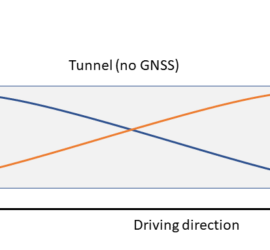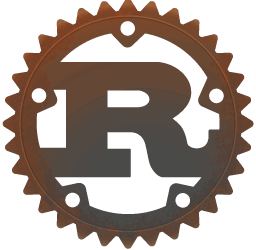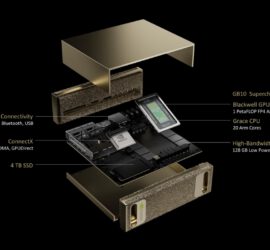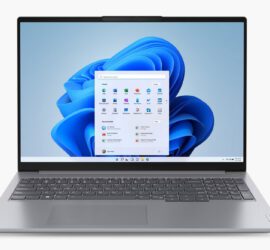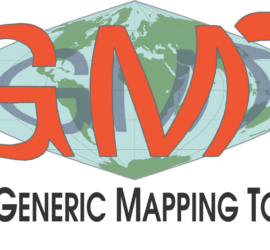Vehicle-based Mobile Mapping is the acquisition technology of choice for fast and accurate mapping of larger areas. But how accurate is Mobile Mapping actually, and how can accuracy be improved? GNSS/INS positioning Mobile Mapping systems use […]
admin
Measuring time accurately is essential for most measuring/surveying tasks, whether it is for measuring the runtime of a laser pulse for a distance measurement, or the falling time and hence speed of a mass in an […]
My go-to programming languages are C/C++ for numerical computations and data processing, C# for Windows GUI applications, and Python for quick scripts and machine learning. Nevertheless I decided to take a look at Rust, as it […]
Project DIGITS NVIDIA caused a bit of a stir at CES 2025 when it announced Project DIGITS, a tiny computer for AI development. It combines a 20-core ARM CPU with a Blackwell-generation GPU/AI accelerator and 128 […]
One of the advantage of most Linux distributions has always been their central package management system, whether it be apt, RPM or something else (like Snap and Flatpak that are now increasingly popular). Not only can you […]
The difference between consumer and enterprise network hardware are expanded functionality that aims at more security (such as more advanced firewalls, the possibility to compartmentalize your networks using VLANs and multiple WLAN IDs, and VPNs) and […]
One of my goals with my Intel N100 Mini PC was to use it as net video recorder. I’ve been using a Eufy doorbell for a couple of years now, and while it is one of […]
I recently needed a new laptop as backup system. Compared to my HP ZBook it could be a more low-end computer. I just wanted a 15/16″ screen and a display port-enabled USB-C port for my external […]
Out of all the essential software packages that I’ve mentioned on this blog, the Generic Mapping Tools are certainly the one that I’ve used the longest, for more than 20 years. Back then I think it […]

